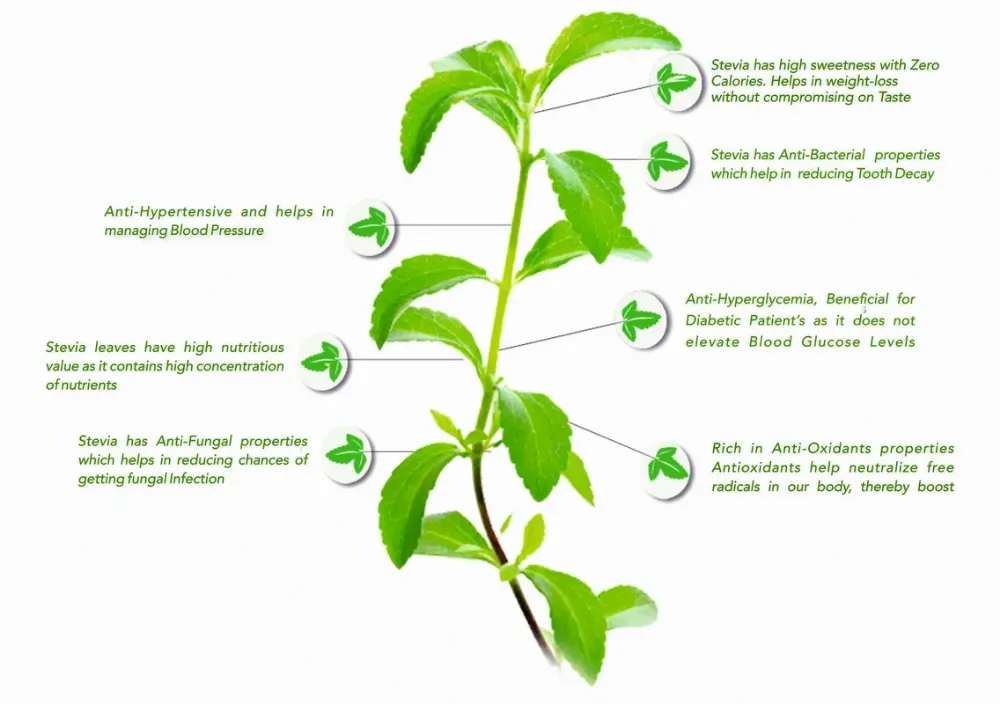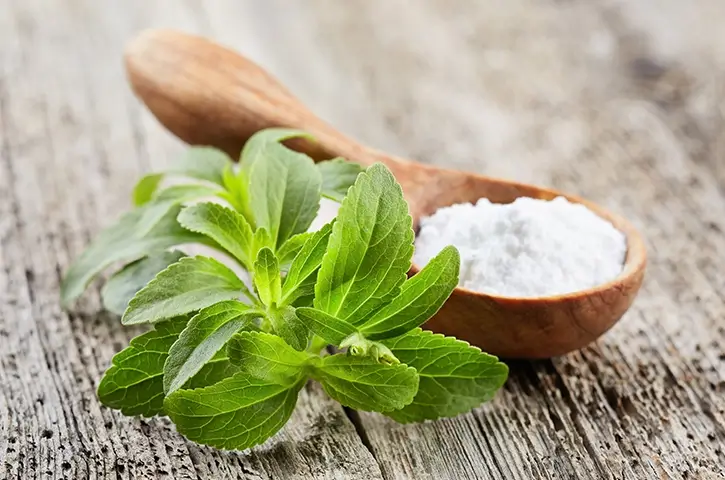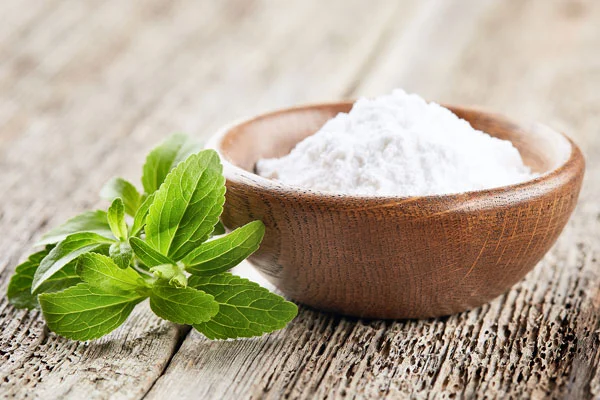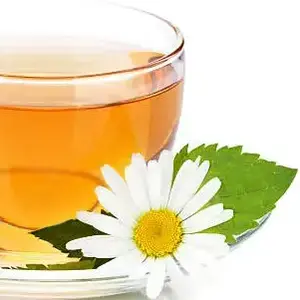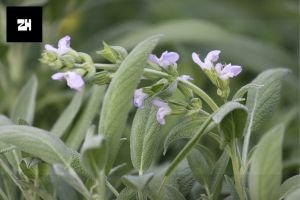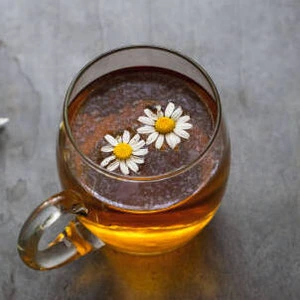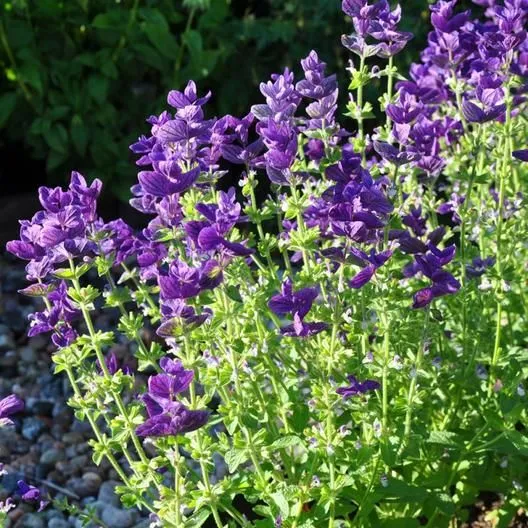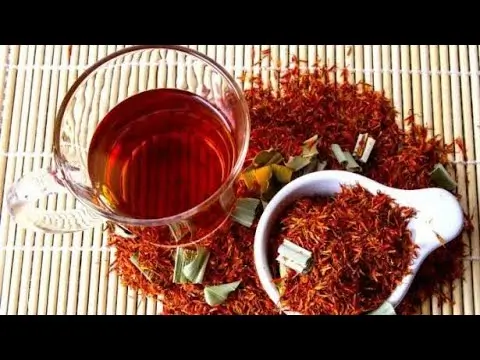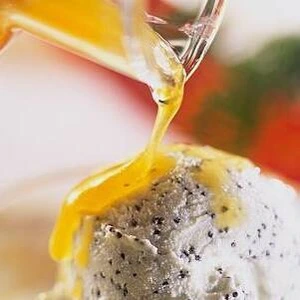Saffron is a spice that has a golden color and is famous for its history, taste, and health advantages. Saffron has been for a long time a culinary staple ingredient, primarily because of its distinctive flavor and rich yellow color which gives a different dish an attractive look and taste. Nevertheless, the process of unlocking the full potential of saffron is a complicated one that comprises the appropriate knowledge of its features and the best methods of its usage. In this article, we will discover the various ways saffron can be employed, such as how much saffron to use, for what purpose, cooking techniques, and the possible side effects.
How to Use Saffron
To use the saffron properly, it should be soaked or steeped to extract its essence, and this process is referred to as Blooming Saffron.
Follow these steps to enjoy the full flavor and color of saffron:
- Grind Saffron Strands
Start by crushing a small amount of saffron threads with a mortar and pestle. This is a process to release the volatile compounds that give rise to saffron aroma and color.
- Steep and Bloom Saffron
The second step is to immerse the ground saffron strands in warm water, broth, or milk for at least 10 to 15 minutes of soaking. Saffron blooming is the step where saffron releases its flavors and colors, and you end up with a saffron-infused liquid that can be used in your recipe.
- Use the infused saffron Liquid
Once the saffron threads have steeped deeply enough, use the liquid in your dish.
- A Little Saffron Goes a Long Way
Using too much saffron will make your dish bitter, so know how much saffron to use and start with a small amount and just keep increasing it until you achieve the flavor and color intensity you want.
Read About: Fresh Basil versus Dried Basil
How to Cook With Saffron
Cooking with saffron requires caution with how much saffron to use and patience so that its delicate flavor does not overshadow other ingredients.
Follow these tips to make the most out of saffron:
- Infuse Early
Incorporate a saffron-infused liquid at the beginning of the cooking process so that it has enough time to blend with the other ingredients. This will prevent the overpowering of other ingredients and procure the final dish with a balanced flavor profile.
- Avoid High Heat
Saffron, being delicate, can have its compounds damaged by high temperatures. Therefore, it’s best to add it to dishes that are cooked gently over low to moderate heat.
- Balance Flavors
The saffron intense flavor should be used to enhance rather than dominate the other ingredients in the dish. If you don’t know how much saffron to use exactly, then throughout the cooking process, taste the food, and add a small amount of saffron in phases, so the final taste of the dish will be balanced and harmonious.
Read Also: Cardamom VS Coriander A Detailed Comparison
A. How Much Saffron Should I Use in Cooking
The first question that often arises when incorporating saffron into recipes is: how much saffron to use? Saffron is a powerful spice that has to be used wisely, because too much of it can overpower the flavor and color of the other ingredients, leading to a bitter taste of your dish, so saffron is one of those ingredients where “less is better”.
For most recipes, a general rule of thumb is to use about 1/16 teaspoon of saffron threads (about 20 saffron threads or ¼ teaspoon of saffron powder) for a dish serving four to six people. Saffron flavor can be activated by steeping the threads in a warm liquid minimum of 10-15 minutes. Saffron can infuse its scent and color into the liquids through this method, this way, your recipe will turn out to be more flavorful.
However, every recipe has its own case and a slightly different of how much saffron to use in it, here are some examples:
1. How Much Saffron to Use in Rice
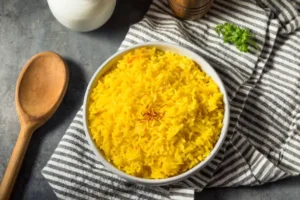
Saffron rice, also known as Zafrani Pula, is one of the best-known Persian dishes with its vibrant yellow color and floral notes. It is a culinary delight enjoyed in many cuisines around the world.
To make saffron rice, first, grind a small number of saffron threads (20 saffron threads or 1/16 teaspoon), then soak ground saffron in ¼ cup of warm water or broth.
After knowing how much saffron to use and letting it steep for around 10 minutes, you can add it to the rice in the cooking process. This method guarantees the saffron essence is extracted completely, resulting in the rice perfectly adopting the golden hue and distinct flavor.
For every cup of uncooked rice add a generous pinch of saffron, which is approximately 20 saffron threads. This ratio allows saffron to display its vibrant color while giving the rice a subtle taste.
You have to take a look at Uses for Dried Mint
2. How Much Saffron to Use in Risotto
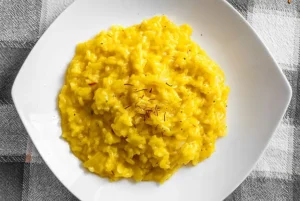
Saffron Risotto is an Italian creamy rice dish of an extraordinary and unique flavor.
To make saffron risotto, add about a pinch of saffron or ¼ teaspoon of saffron threads for every cup of uncooked rice. Do not grind saffron strands in the recipe because you can sprinkle and decorate the dish using the undissolved saffron strands at the end of the cooking.
Like saffron rice, after knowing how much saffron to use and letting it steep for around 10 minutes, start to stir it into the risotto during the cooking process. This technique allows the saffron flavor to steep slowly, resulting in a dish with rich color and complex flavor.
B. How Much Saffron Should I Use in Beverages
In drinks, saffron is a potent ingredient as it gives drinks a unique and luxurious flavor, adding also a stunningly vibrant color to them. At the same time, saffron drinks have a lot of healthy components.
Try using saffron in beverages as follows:
1. How Much Saffron to Use in Milk

Saffron-infused milk, commonly referred to as saffron milk as well as “kesar doodh” in Indian cuisine, has become a well-known Indian beverage for the unique taste that it has and before anything else, the health benefits that it may bring.
To make saffron milk, add a cup of milk in a saucepan and warm it up until warm but not boiling. After that, add about 5 strands of saffron strands to the milk, allowing it to steep in the milk for at least 10-15 minutes to release its essence. If you want to, add sugar or honey but after the milk cools.
2. How Much Saffron to Use in Tea
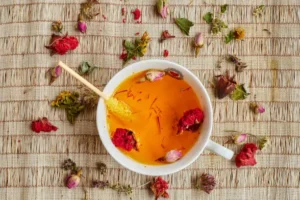
Another delicious drink that can demonstrate the versatility of saffron is saffron tea. Saffron tea is celebrated for its relaxing properties and its delicate taste that is full of peace and tranquility, bringing some relaxation to the chaos of life.
To make saffron tea, infuse a few strands of saffron (5-10 saffron strands) in hot boiling water with other ingredients like lime and ginger. Let saffron threads steep for approximately 5-10 minutes so that the tea absorbs the beautiful color and subtle flavor of saffron.
To answer your question of how much saffron to use in tea, try to start off with a small number of saffron threads (about just 3 saffron threads) and adjust the amount based on your requirement for strength and flavor intensity. Adding a bit of honey to your cup can bring out the full tea flavor while a slice of lemon will bring freshness to your palette.
C. How Much Saffron Should I Use in Health Issues
In the field of health issues, preliminary researches suggest that saffron may contribute to the treatment and management of ADHD and anxiety. Its components are proven to improve mood and well-being.
Though, here are how much saffron to use for anxiety and ADHD:
1. How Much Saffron to Use for anxiety

Saffron features anxiolytic properties that explain why it can be helpful for people having anxiety and seeking calmness in their lives.
Clinical trials demonstrated encouraging outcomes on saffron effectiveness in lowering the symptoms of anxiety disorders, whereas some other studies also pointed out that saffron supplementation assists in improving mood and decreasing feelings of anxiety of people with moderate to less anxiety disorders.
The recommended daily dose of saffron for anxiety is about 30 mg per day, divided into two or three doses.
However, individual reactions may differ, so the safest thing will always be to consult with your healthcare provider about how much saffron to use for anxiety and the most effective way of taking it.
2. How Much Saffron to Use for ADHD

Recent studies have suggested that saffron may offer potential benefits for individuals with ADHD (Attention Deficit Hyperactivity Disorder), thanks to its antioxidant properties and ability to modulate neurotransmitter levels in the brain. While research in this area is still ongoing, initial data point to the 30 mg of saffron extract intake per day may alleviate symptoms of ADHD.
However, proper consultation with healthcare experts is the mandatory step before taking saffron into your treatment regime should be done since different situations require different treatments.
Can I Take Saffron as a Supplement?
Generally, the use of saffron as a supplement is safe and it is available in many forms, like capsules, extracts, and powders, which offer an easy way to use its health benefits.
Saffron has specific elements like crocin and safranal as its active substances. These supplements are meant to help enjoy the health benefits of saffron, which involve, among others: mood enhancement, anxiety, and antioxidant properties.
However, a healthcare expert should be the one to consult with before the use of any supplement to allow a more personalized dosage determination and to ensure the safety and effectiveness of the supplement for the given health status.
How Much Saffron to Use per Day
The appropriate daily dosage of saffron varies based on the purpose it is used for and individual factors. For culinary purposes, a pinch or a few saffron strands would be enough per recipe. In a therapeutic context (eg. for mood disorders) the typical dose is the intake of 30 mg of saffron per day.
Nevertheless, you need to see a doctor first if you’re considering saffron as a supplement addition to the healthcare regime and to tell you how much saffron to use depending on your case.
Side Effects of the High Dose of Saffron
While saffron is generally safe when consumed in moderation as a culinary ingredient, high doses may lead to adverse effects:
- Allergic Reactions to Saffron
Certain people can develop sensitivity to saffron to experience itching, rash, or even shortness of breath. In case you have previously experienced an allergic reaction to the flowering plants belonging to the iris family, such as iris or lily, use extreme caution when using saffron with strict information about how much saffron to use allowed for you daily.
- Digestive Disturbances
High doses of saffron may result in digestive problems, including nausea, vomiting, and diarrhea. You need to know how much saffron to use and use a moderate amount to prevent indigestion and other gastrointestinal troubles.
- Hypotension
Saffron has been shown to have hypotensive properties, which refers to its ability to lower blood pressure. People with hypotension or who are taking medications for the treatment of hypotension should consult a healthcare professional before using saffron supplements or ingesting large amounts of saffron in dishes.
Conclusion
The unique flavor, vivid color, and multiple health advantages are why saffron is one of the most favorite ingredients in cooking and therapeutic practices worldwide. Whether adding a golden shine to your rice, brewing a soothing cup of saffron tea, or employing its amazing properties in controlling ADHD and anxiety, saffron is charming your senses and nourishing your body and soul. With saffron possessing a rich and complex flavor and knowing how much saffron to use for various purposes, it will be a culinary delight and health miracle.
FAQs
- How much saffron to use per day?
The recommended daily dosage of saffron is generally 30 mg per day, which is equivalent to approximately 20 saffron strands. It’s essential to use saffron sparingly and in moderation.
- How to use saffron for best results?
For best results, crush saffron threads, soak them in warm liquid for 15-20 minutes, then incorporate the infused liquid into your recipe, adjusting quantity based on desired flavor and color intensity.
- Can you use too much saffron?
No, using too much saffron can lead to adverse effects such as digestive discomfort, allergic reactions, and potential hypotensive effects. Moderation is key to enjoying saffron safely.
- How much saffron to use for mood?
For mood enhancement, a pinch of saffron threads (about 30 mg per day) infused in warm water or milk daily is recommended.


